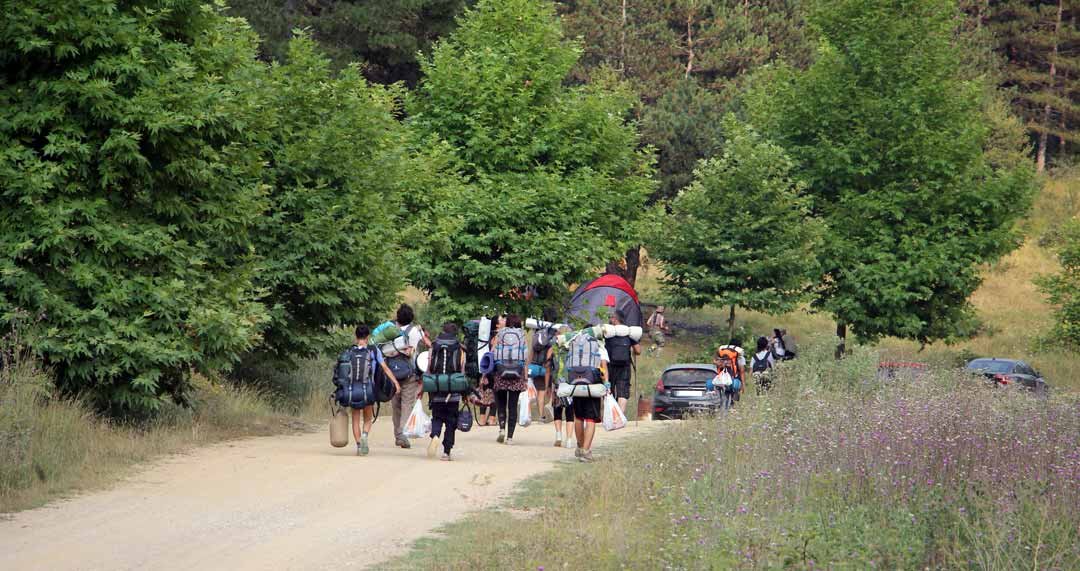Corona Virus: The COVID-19 pandemic was a global phenomenon, a microscopic hitchhiker hitching rides across continents, leaving a trail of illness and disruption in its wake. But beyond the human story lies a fascinating tale – the epic journeys of the virus itself. Through air travel, contaminated surfaces, and the interconnectedness of our world, the coronavirus embarked on a remarkable odyssey.
From Bats to Wuhan:
The origin story of the coronavirus remains shrouded in some mystery. Scientists believe it likely originated in bats, residing in a hidden reservoir for years. A potential “spillover event,” perhaps through contact with an intermediary animal species, introduced the virus to the human population, with the first confirmed cases emerging in Wuhan, China in late 2019.

Airborne Odyssey: Spreading Across Continents
Modern air travel became the perfect vehicle for the virus’ global spread. Passengers, unknowingly carrying the virus, unknowingly infected others on crowded airplanes. Within weeks, cases started popping up in countries with direct flights to Wuhan, and the domino effect began. From Europe to North America, South America to Africa, the virus traversed the globe with alarming speed.
Silent Spreader: Hitches on Surfaces
Air travel wasn’t the only facilitator of the virus’ global journey. The coronavirus, incredibly resilient on surfaces, could hitch rides on contaminated objects like packages, clothing, and even banknotes. This silent transmission mode allowed the virus to reach remote areas, highlighting the interconnectedness of our globalized world.
Mutations and Variants:
As the virus spread, it began to mutate, creating new variants. These variants, some more transmissible or vaccine-resistant than the original strain, presented new challenges. The emergence of variants like Delta and Omicron necessitated adjustments to public health strategies and highlighted the dynamic nature of the virus.
The Long Road Home: Containment and Eradication Efforts
The fight against the virus became a global effort. Lockdowns, travel restrictions, and mask mandates aimed to slow the spread and buy time for vaccine development. Public health messaging focused on handwashing, social distancing, and responsible behavior. While complete eradication proved elusive, these measures helped flatten the curve and reduce the burden on healthcare systems.
A Journey Not Over: The Uncertain Future
The COVID-19 pandemic may have entered a new phase, but the virus’ journey is far from over. New variants continue to emerge, and the long-term health impacts of the virus are still being studied.
Lessons Learned: A More Connected World Demands Global Cooperation
The coronavirus pandemic served as a stark reminder of our interconnected world. The ease with which the virus spread highlights the need for global cooperation in future public health emergencies. Sharing information, resources, and research findings is crucial in combating emerging threats.
The large-scale narratives of the virus’ global spread paint a powerful picture, but the true human stories lie in the individual journeys home. Here’s a deeper look at the human face of the pandemic’s travel impact:
Stranded Travelers: As borders slammed shut and travel restrictions tightened, millions found themselves stranded far from home. Stories emerged of migrant workers separated from families, students caught in foreign countries, and travelers facing logistical nightmares trying to reach familiar shores.
Desperate Journeys: With commercial flights grounded, some embarked on incredible journeys to reach home. Stories of people walking for miles, hitching rides on cargo ships, or even chartering private vessels to reach their home countries showcased the lengths people went to in their desire to be reunited with loved ones.
Digital Lifeline: Technology played a crucial role in keeping people connected during separation. Video calls became a lifeline for families and friends, allowing them to maintain a sense of connection despite physical distance. Social media platforms became hubs for sharing experiences, offering solace and support to those isolated from their loved ones.
The Toll on Mental Health: The uncertainty, isolation, and fear associated with travel restrictions took a toll on mental health. Stranded individuals faced anxiety, depression, and a sense of helplessness. Support groups and mental health resources offered online bridged some of the gaps, but the psychological impact of being separated from home remained significant.
Unexpected Heroes: Countless stories emerged of ordinary people going above and beyond to help those stranded. Embassies worked tirelessly to facilitate repatriation efforts. Local communities offered support and accommodation to stranded travelers. These acts of kindness became a beacon of hope amidst the chaos.
The Road to Recovery: Repatriation and Rebuilding
As the pandemic progressed, repatriation efforts gained momentum. Governments worked with airlines and international organizations to facilitate the return of stranded citizens. The process was complex, fraught with logistical challenges, but eventually, most individuals were able to return home.
The journey home, however, wasn’t the end of the story. Many faced the daunting task of rebuilding their lives – finding jobs, reconnecting with families, and dealing with the emotional and financial repercussions of their ordeal.
A Story of Resilience and Hope
The epic journeys home undertaken during the COVID-19 pandemic are a testament to human resilience, resourcefulness, and the enduring power of the desire to be with loved ones. The stories of struggle, adaptation, and kindness offer valuable lessons about humanity’s capacity to overcome adversity. While the scars of the pandemic remain, the journeys home also serve as a reminder of the strength we possess when faced with seemingly insurmountable challenges.




